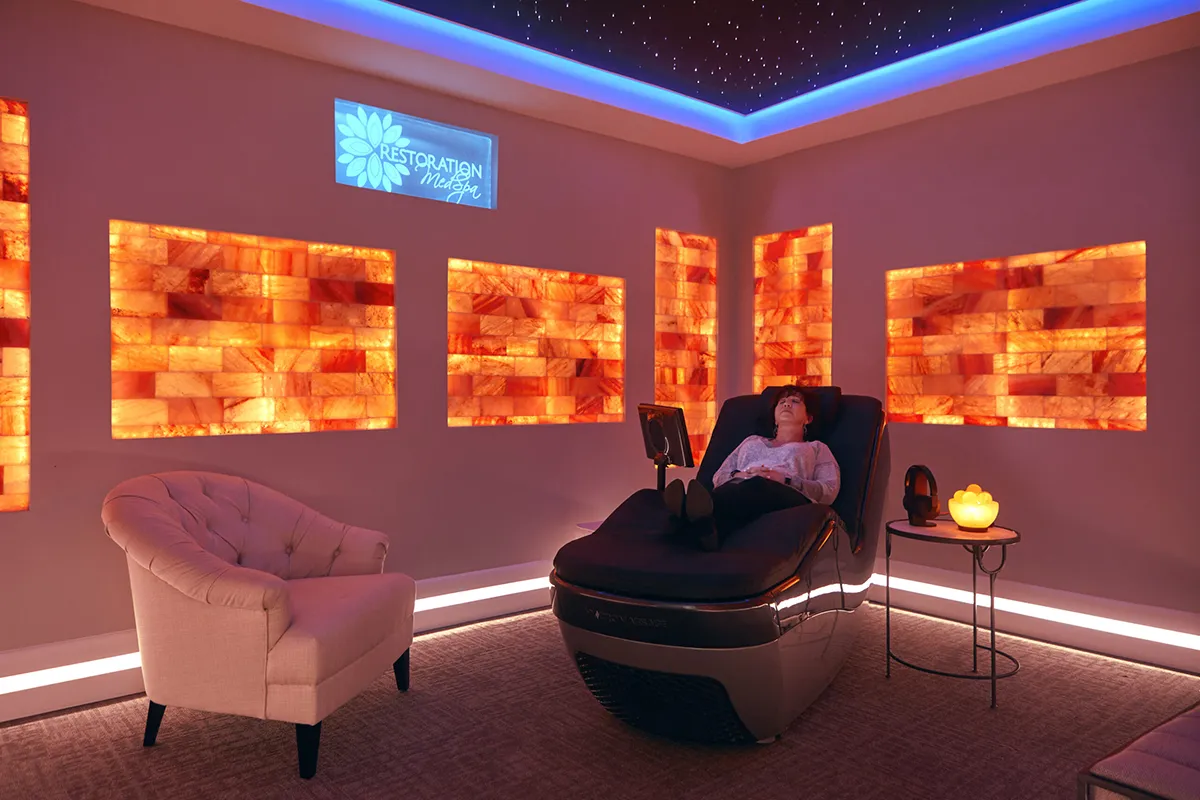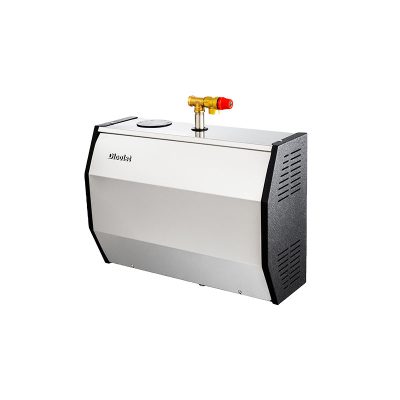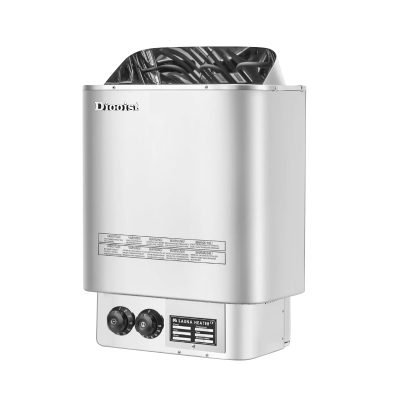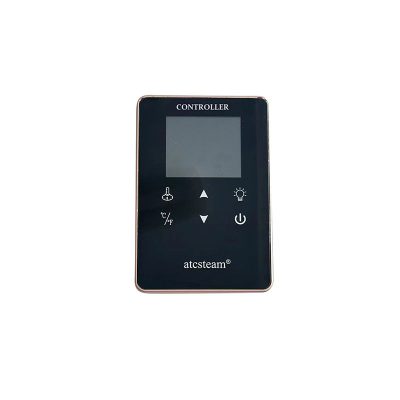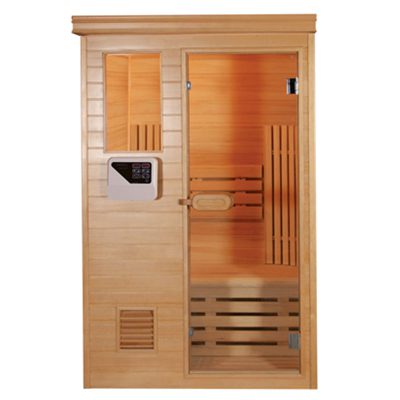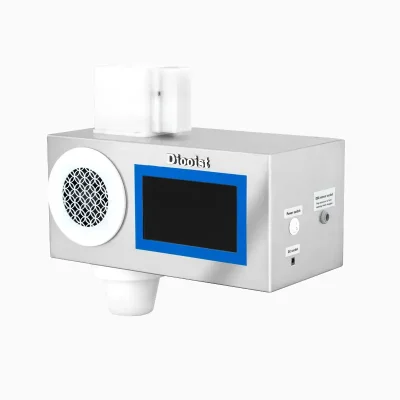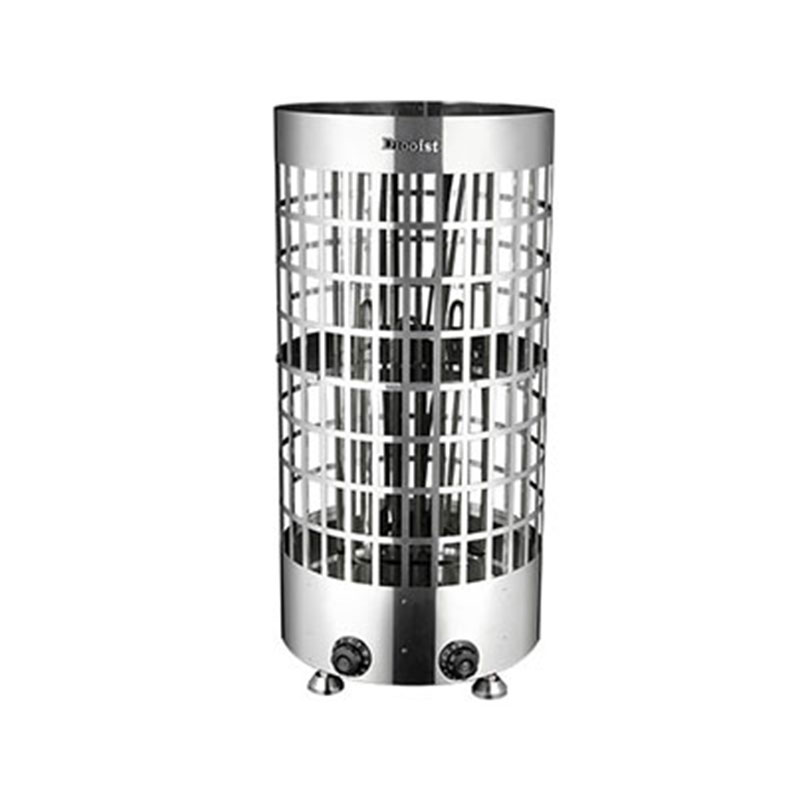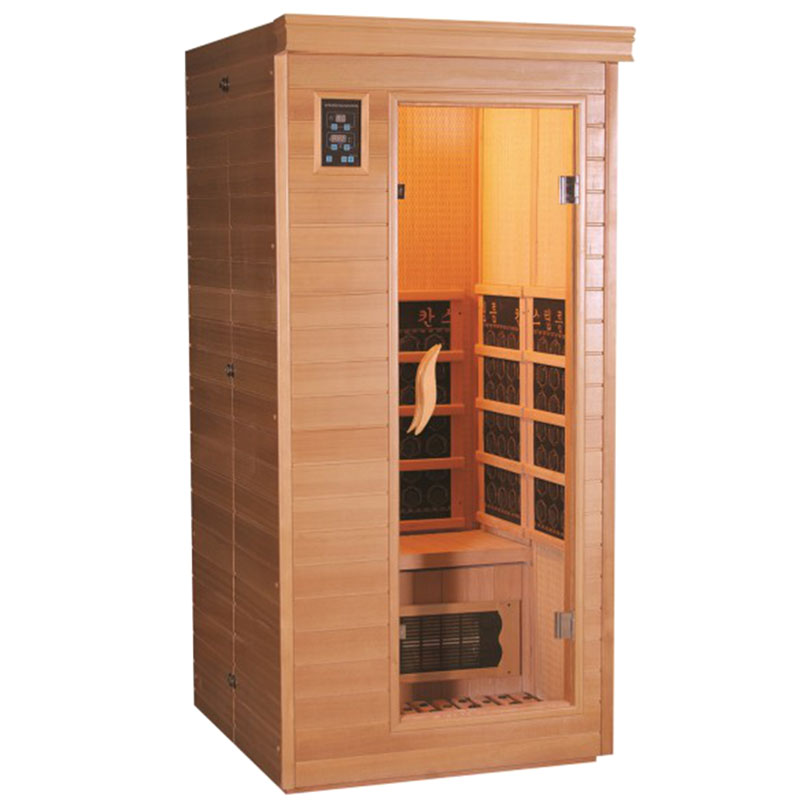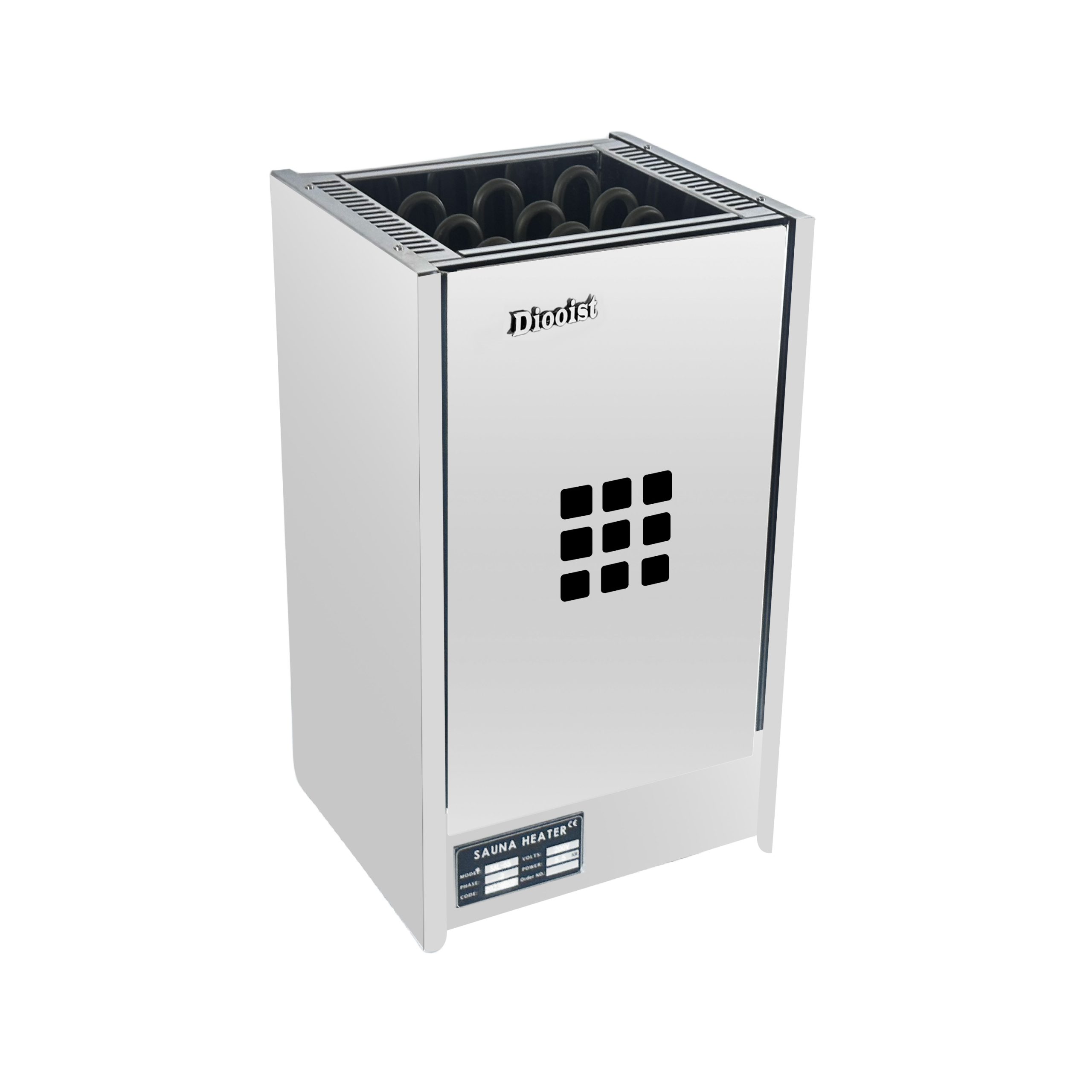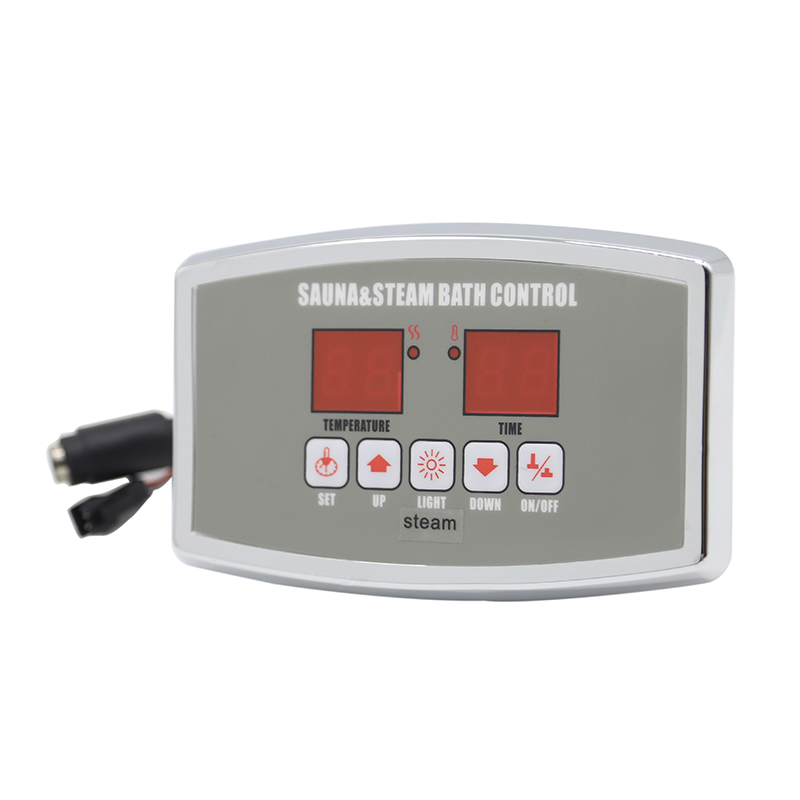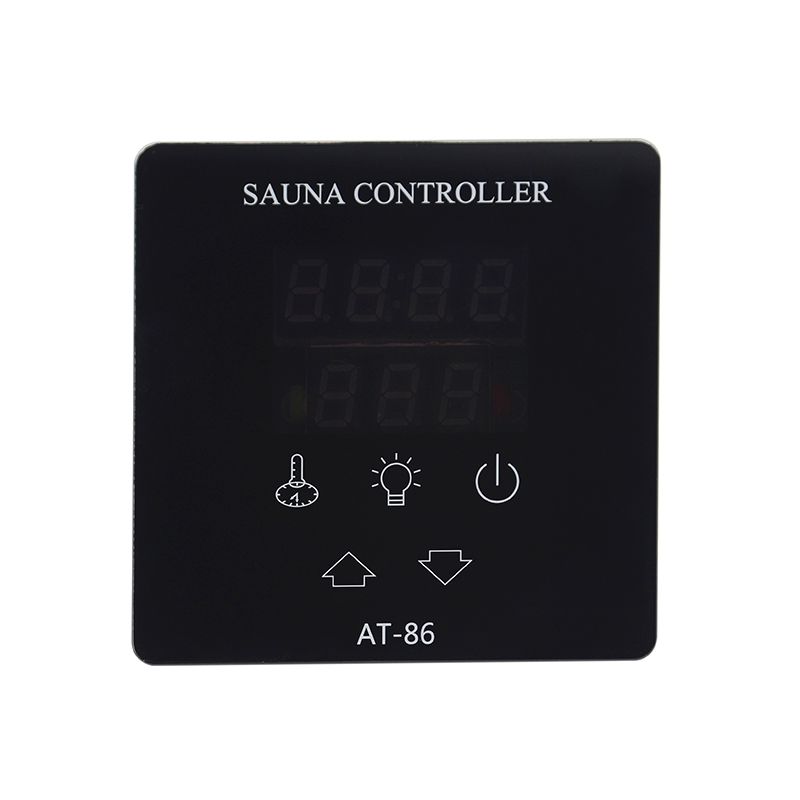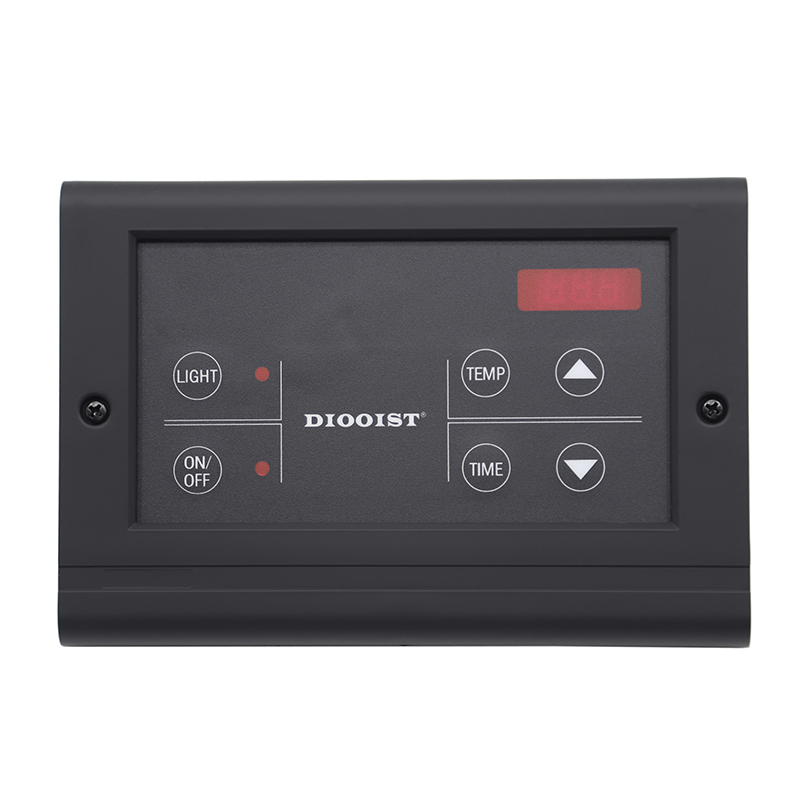Steam spas and saunas are two distinct relaxation experiences, both with unique features and benefits. Follow us, we will delve into a detailed comparison to help you better understand their differences and decide which one better suits your preferences and needs.
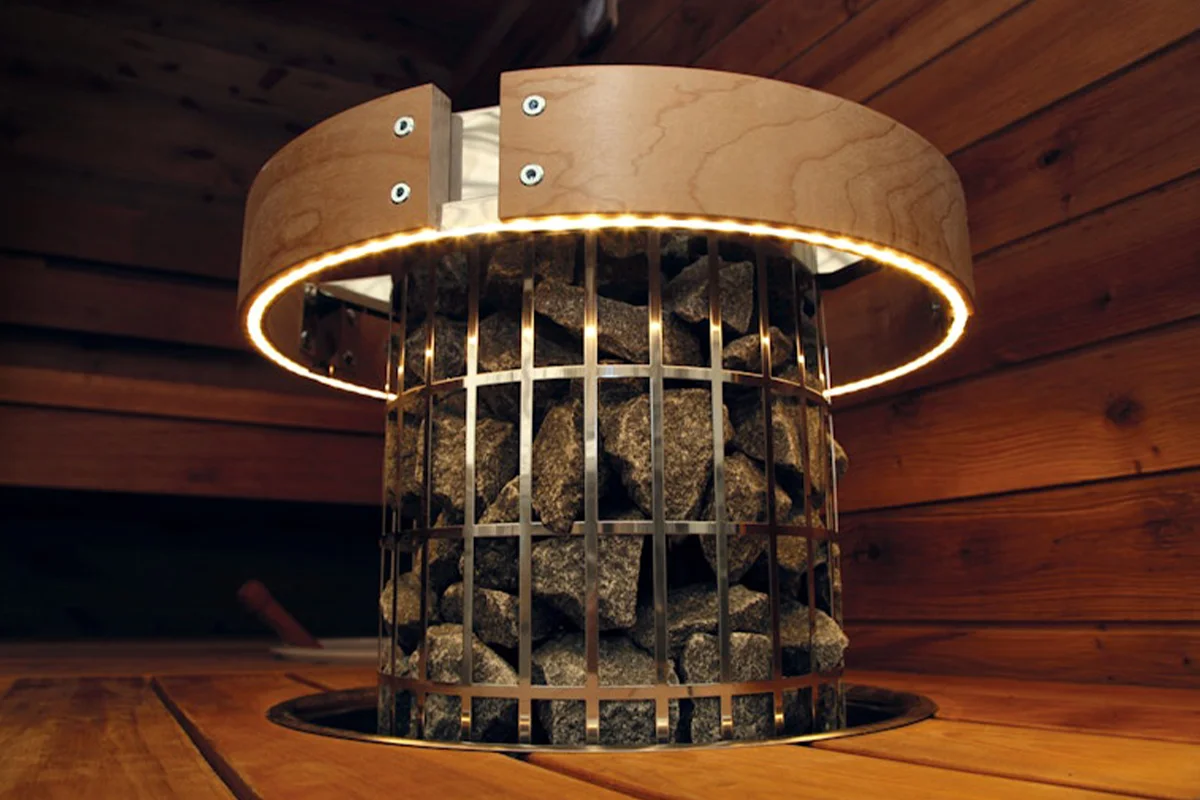
I. Heat Source
Steam Spa:
Steam spas features the use of heated steam as the primary heat source. The steam generator produces hot and humid air, creating a humid environment. The temperature in a steam spa typically range from 110°F to 120°F (43°C to 49°C).
Sauna:
Saunas employ various heat sources, including electric heaters, wood stoves, or infrared radiation. The temperature of a traditional dry sauna is significantly higher, usually ranging from 160°F to 200°F (71°C to 93°C).
Ⅱ. Moisture Levels
Steam Spa:
Steam spas are known for their high humidity. These spaces are designed to have 100% humidity in the air. This humid environment is believed to have hydrating and detoxifying effects on the body.
Sauna:
Saunas are dry environments with low humidity, typically ranging from 10% to 20%. Though saunas induce heavy sweating, the absence of moisture in the air makes it easier for some individuals to breathe.

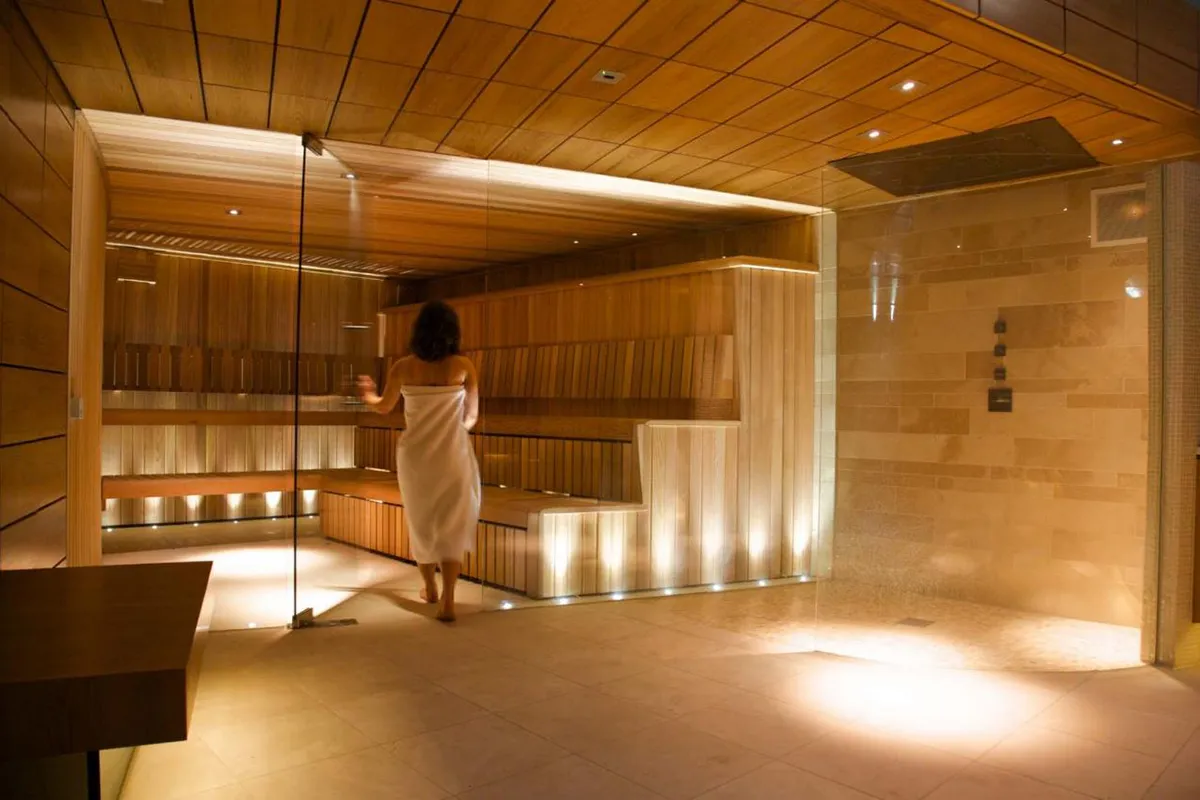
III. Health Benefits
Steam Spa:
Steam spas are often offer a range of health benefits, including skin rejuvenation and respiratory relief. The moist heat in steam spas can open up pores, promote healthy skin, and relieve respiratory ailments like asthma and allergies.
Sauna:
Saunas are widely praised for their ability to promote relaxation, reduce stress and relieve muscle tension. The dry heat of saunas is believed to improve cardiovascular health by increasing heart rate and circulation. Sauna bathing is also thought to help flush out toxins and promote weight loss through excessive sweating.
IV. Design and Ambiance
Steam Spa:
Steam spas often feature luxurious designs with mosaic tiles and intricate patterns. The ceilings are curved to facilitate the circulation of steam, creating an aesthetically pleasing and visually stimulating atmosphere.
Sauna:
Saunas are characterized by their simple, cozy, and rustic design. They are usually made of wood, with the most popular options being cedar and pine due to their naturally resistant to heat and moisture. The minimalistic design of saunas contributes to their charm.
In the realm of wellness and relaxation, both steam spas and saunas offer unique and valuable experiences. The choice between the two should be based on your personal preferences, health goals, and comfort with heat and humidity levels. Whether you prefer the moist warmth of a steam spa or the dry, intense heat of a sauna, both have the potential to boost your overall health and provide you with a refuge from the stresses of everyday life. Ultimately, your decision should fit your individual needs and desires.
